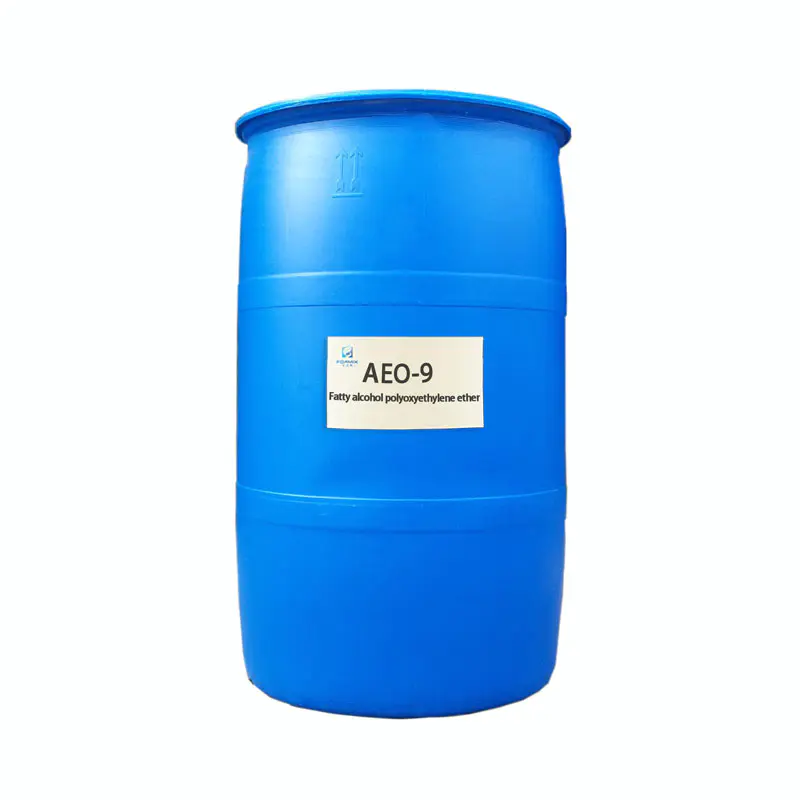Choosing the Right Surfactant: A Guide for Industry Professionals
2025-01-20
Selecting the right surfactant for your application can greatly impact product performance and process efficiency. With numerous types and formulations available, it’s essential to understand their properties and applications to make an informed choice.
1. Understand Your Application
The choice of surfactant depends on its intended use. For example:
- Cleaning Products: Anionic surfactants provide excellent foaming and grease-cutting properties.
- Cosmetics: Nonionic surfactants are mild and non-irritating, making them ideal for skincare products.
- Agriculture: Wetting agents improve the dispersion of pesticides on crops.
2. Consider the Environment of Use
- pH Sensitivity: Amphoteric surfactants are adaptable to varying pH levels, suitable for versatile formulations.
- Temperature Resistance: Some surfactants lose effectiveness at high temperatures, while others remain stable.
- Water Hardness: Cationic surfactants can perform well in hard water, where anionic ones may struggle.

3. Evaluate Environmental Impact
With increasing focus on sustainability, consider choosing eco-friendly surfactants. Look for options derived from renewable resources, such as plant-based or bio-surfactants, which are biodegradable and reduce environmental harm.
4. Formulation and Compatibility
Ensure the surfactant is compatible with other ingredients in your formulation. In emulsions, for example, the balance between hydrophilic and lipophilic properties (HLB value) determines stability.
5. Assess Performance Requirements
- Foaming Ability: High-foaming surfactants are suitable for shampoos, while low-foaming ones are better for dishwashers.
- Wetting and Spreading: Essential for coatings and agricultural applications.
- Stability: Ensure the surfactant maintains performance over time and under varying storage conditions.
6. Regulatory and Safety Standards
Check local and international regulations to ensure compliance. Many industries require specific certifications, such as FDA approval for food-related applications or REACH compliance in Europe.
Benefits of Choosing the Right Surfactant
- Enhanced Efficiency: Optimizes product performance and reduces waste.
- Cost-Effectiveness: Proper selection minimizes overuse and production costs.
- Sustainability: Supports eco-friendly initiatives and regulatory compliance.
Emerging Trends in Surfactants
The shift towards green chemistry is driving innovation in surfactants. Bio-based surfactants, enzymatic processes, and low-energy formulations are paving the way for more sustainable solutions.
Conclusion
Choosing the right surfactant is not just about functionality but also about aligning with industry trends and environmental goals. By understanding the specific needs of your application and evaluating the properties of various surfactants, you can achieve optimal results while contributing to a greener future.
Whether you're formulating a household cleaner or developing a high-performance industrial product, the right surfactant can make all the difference.


